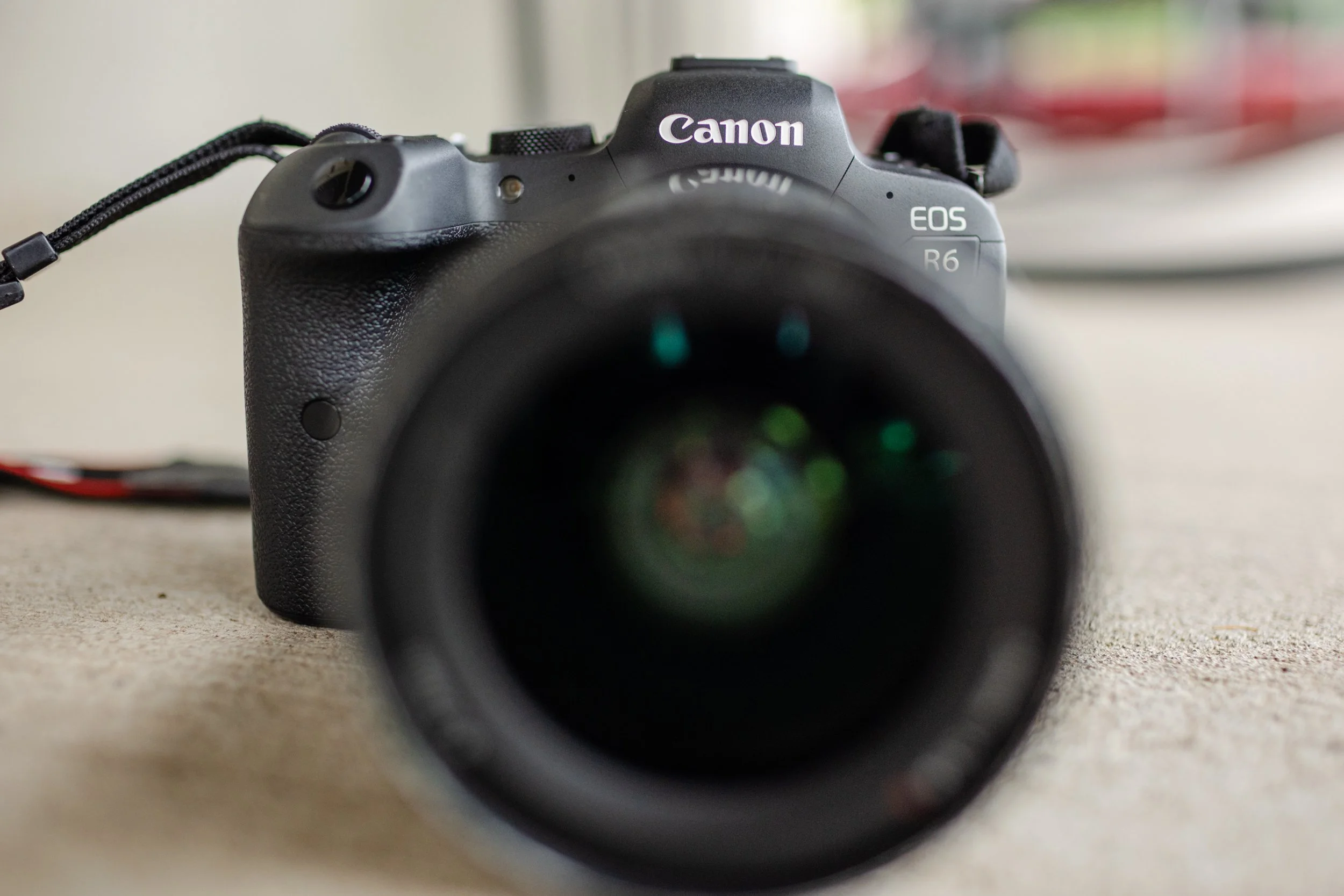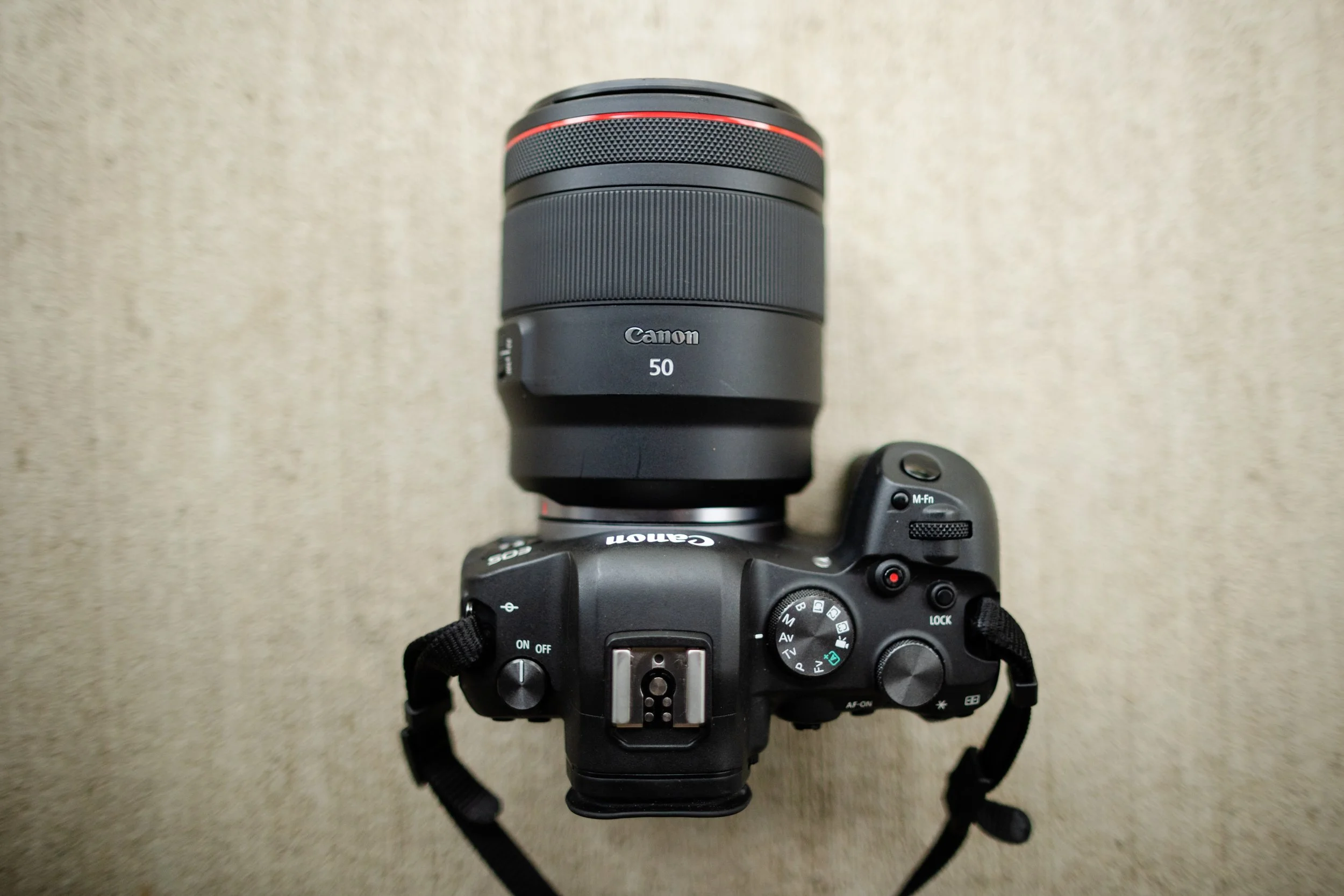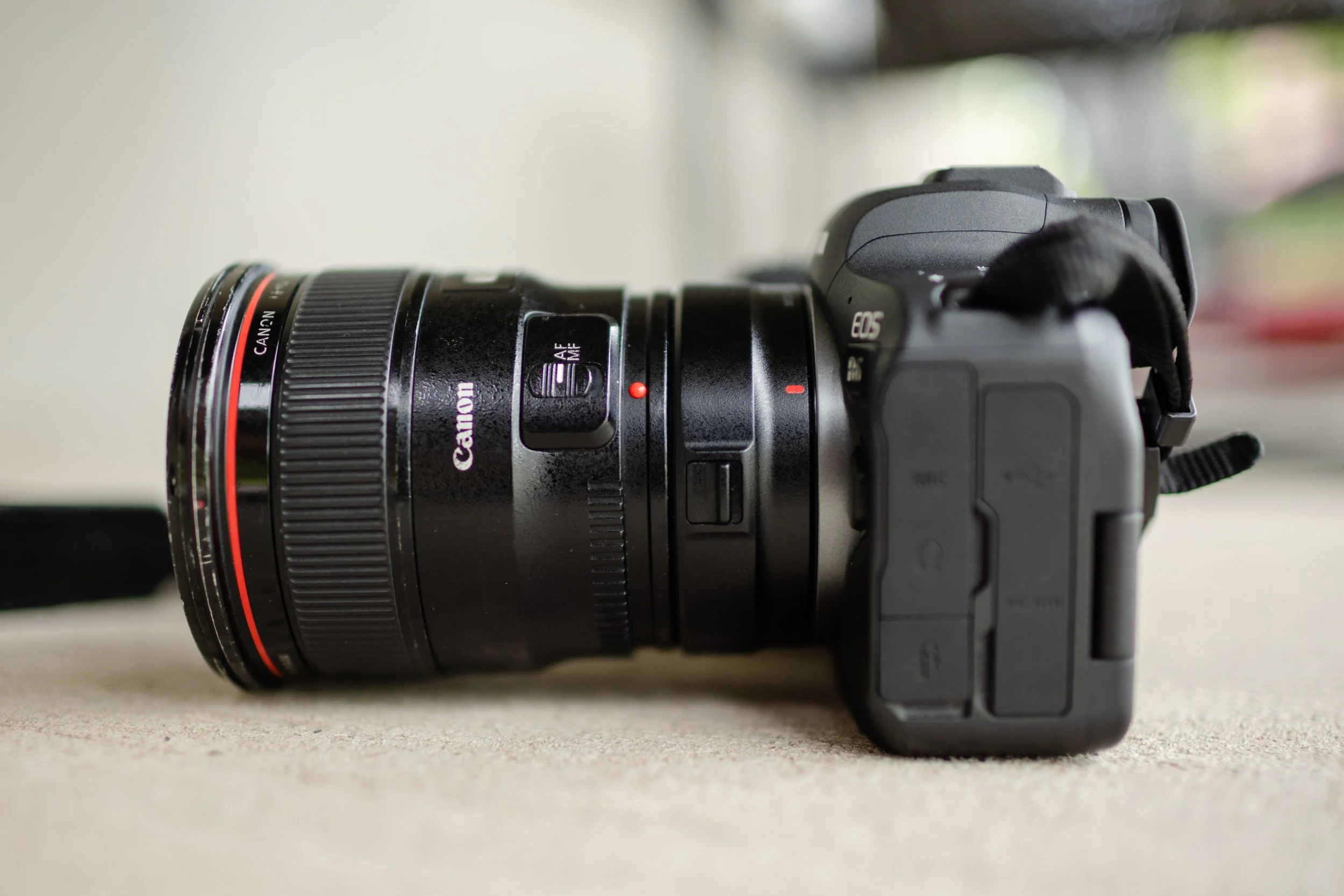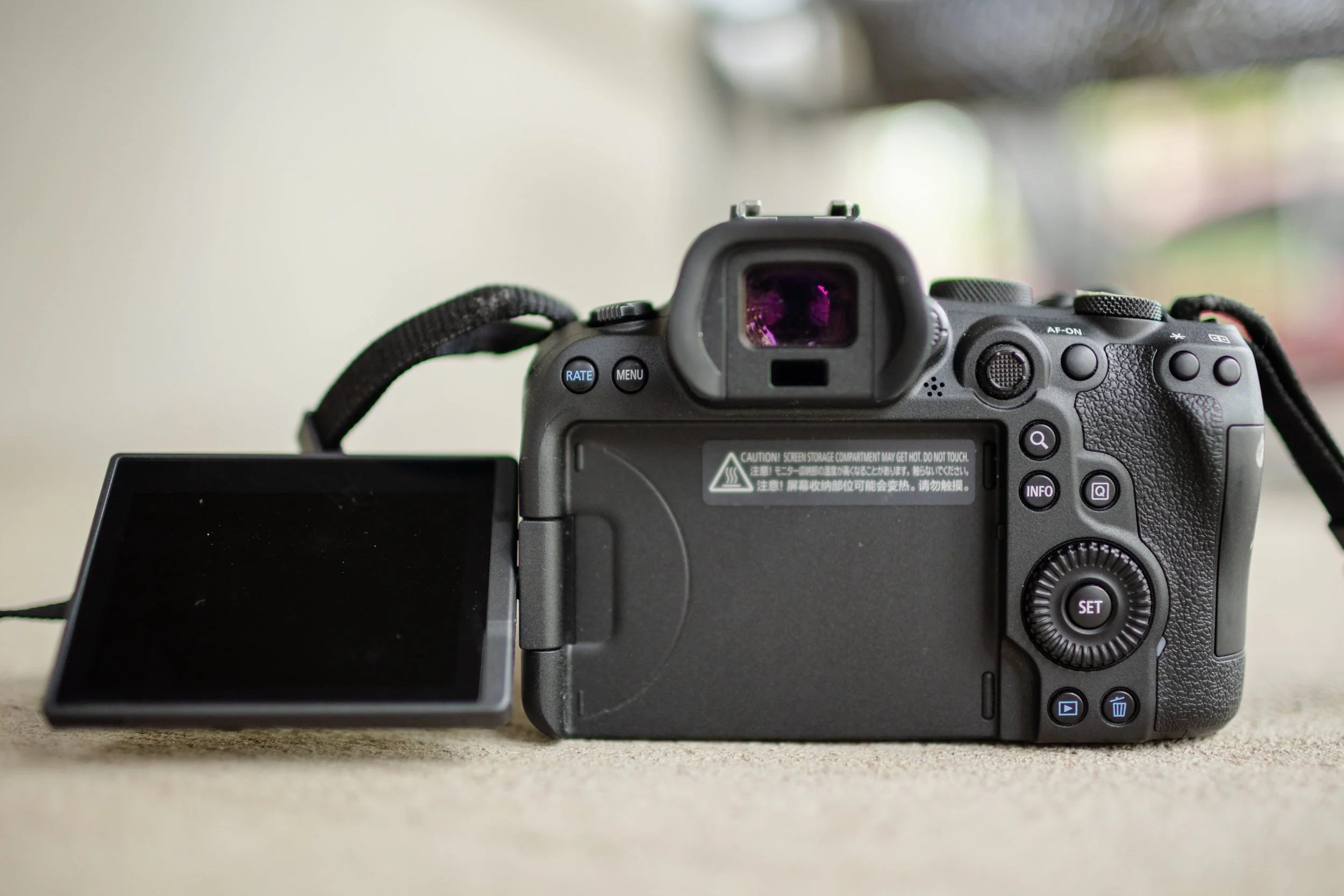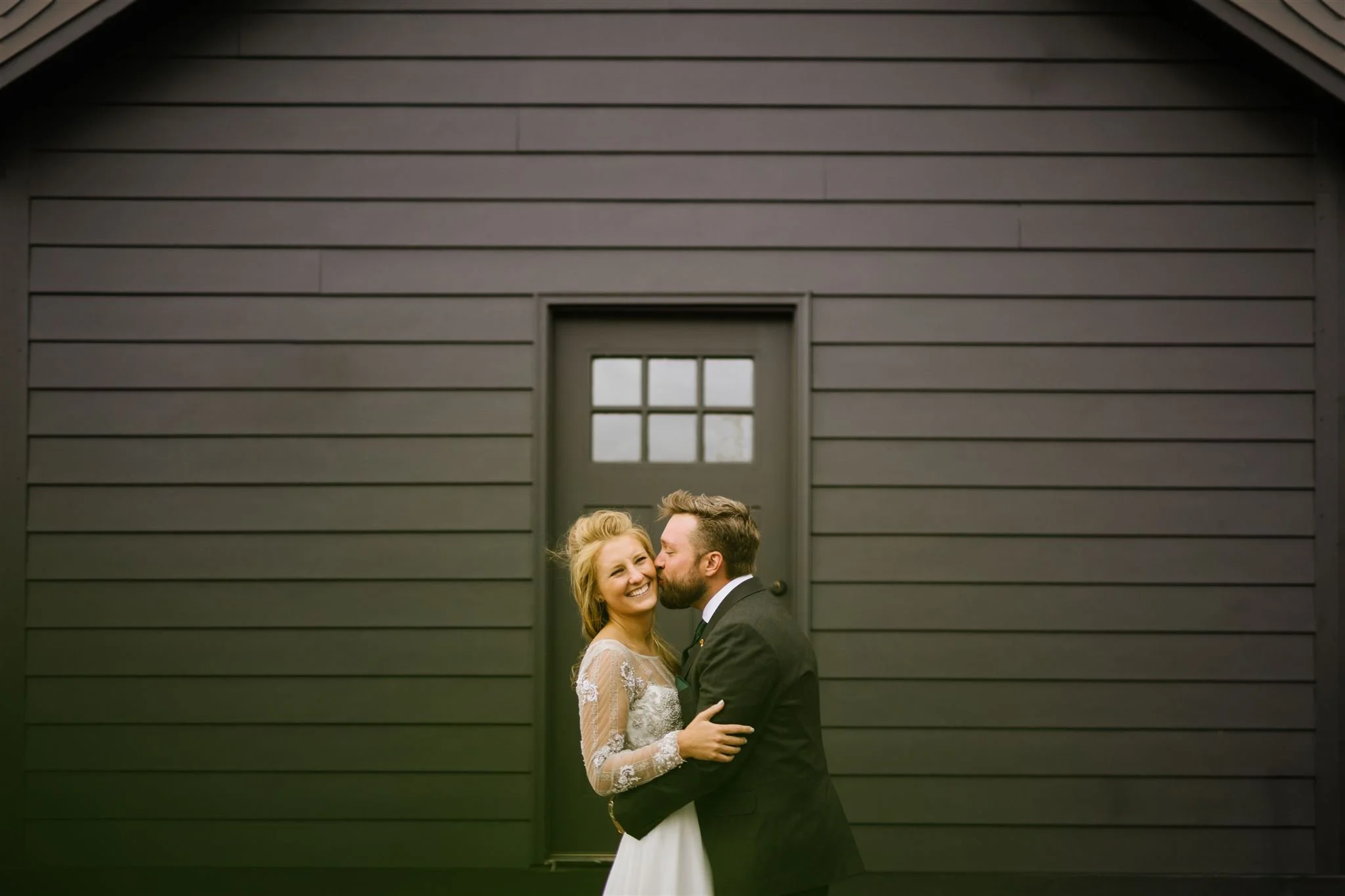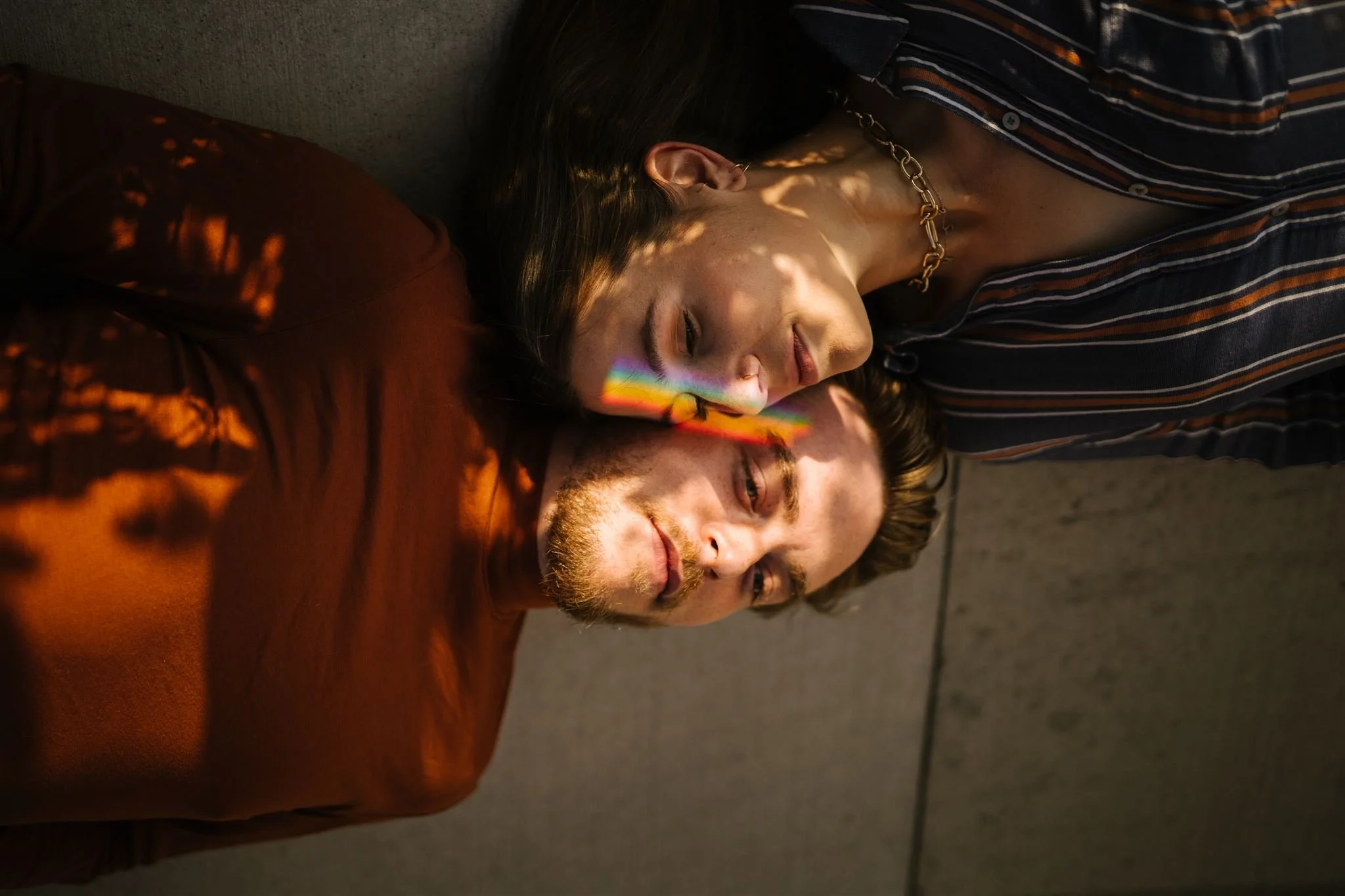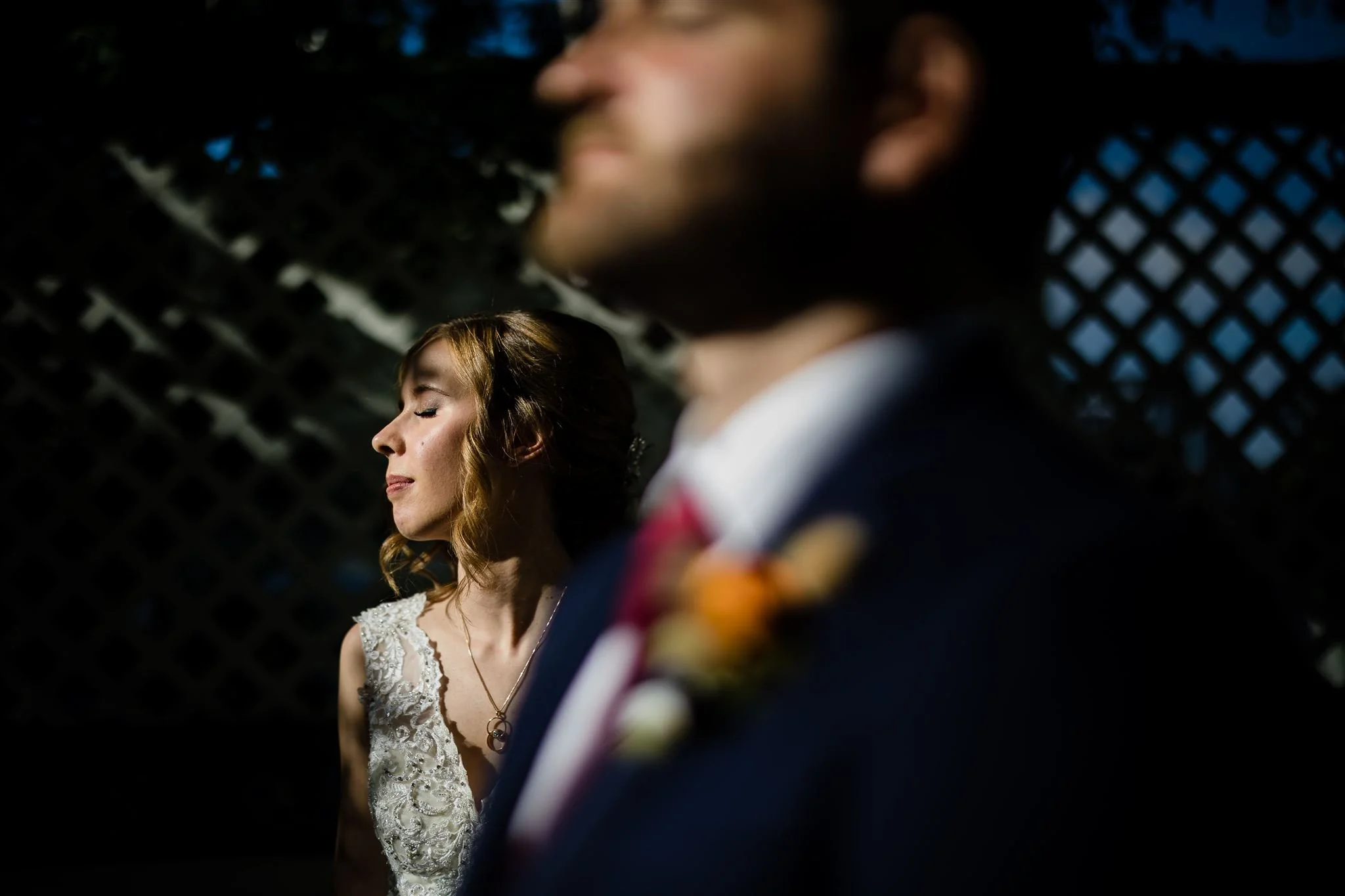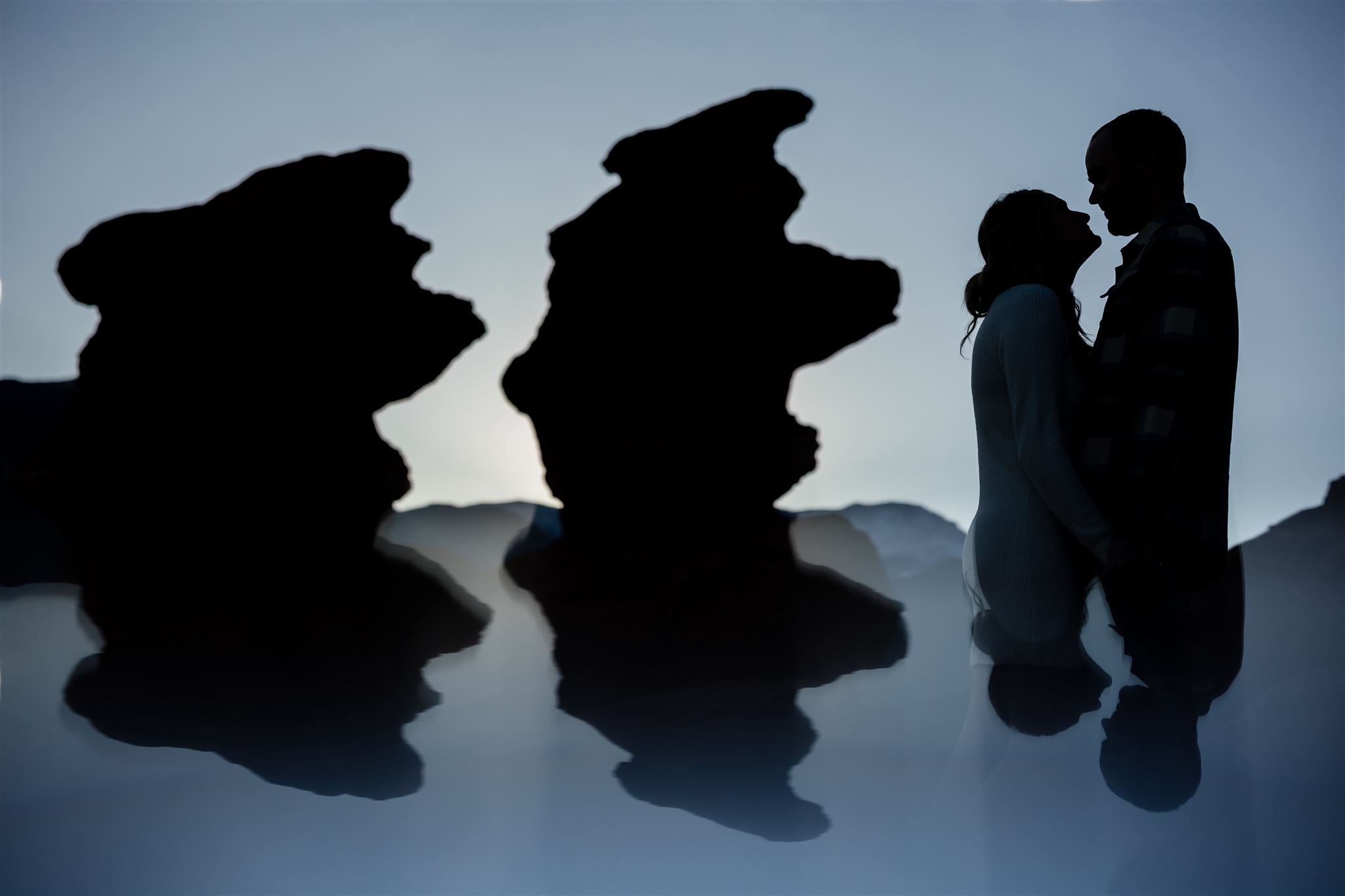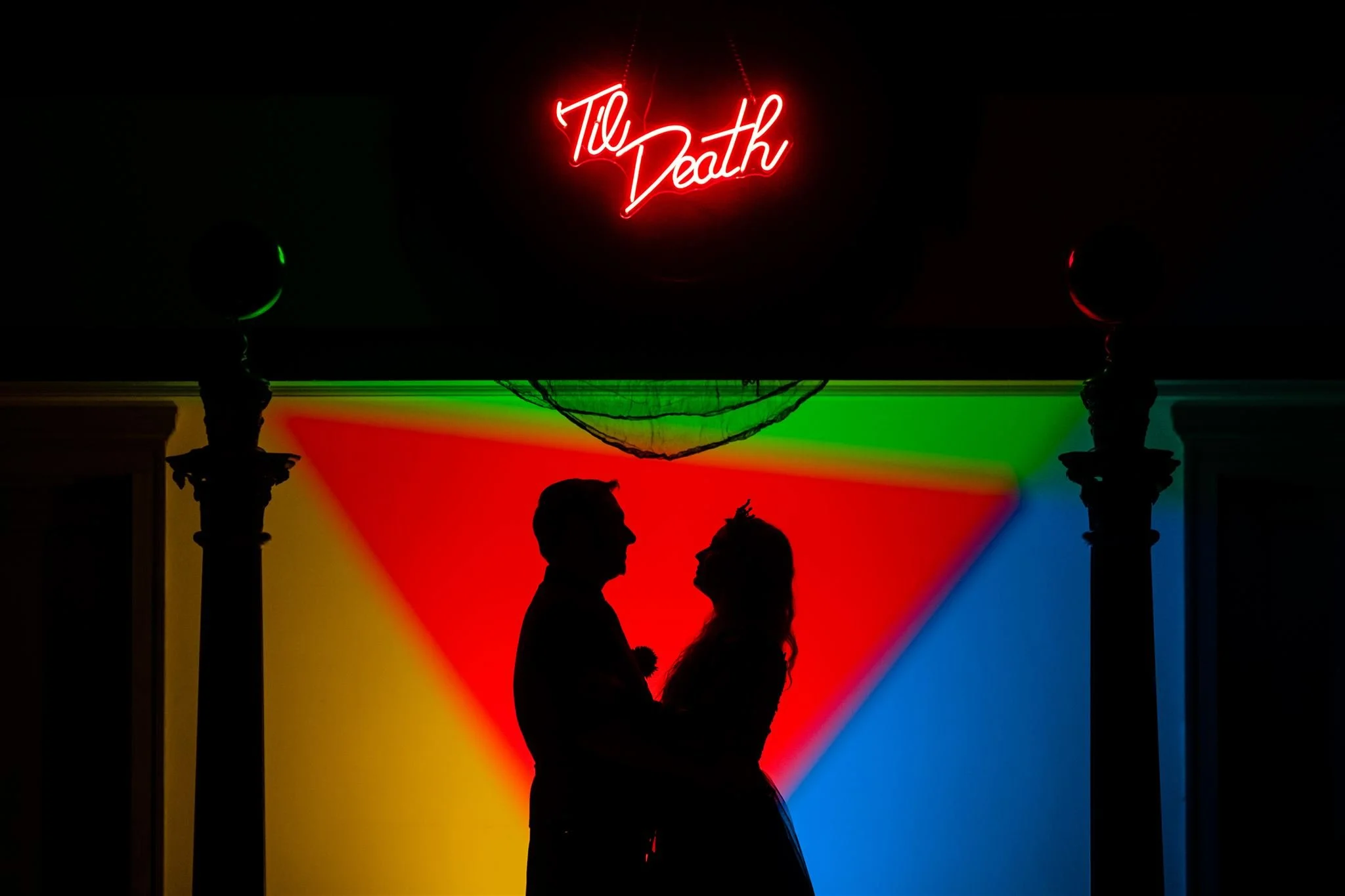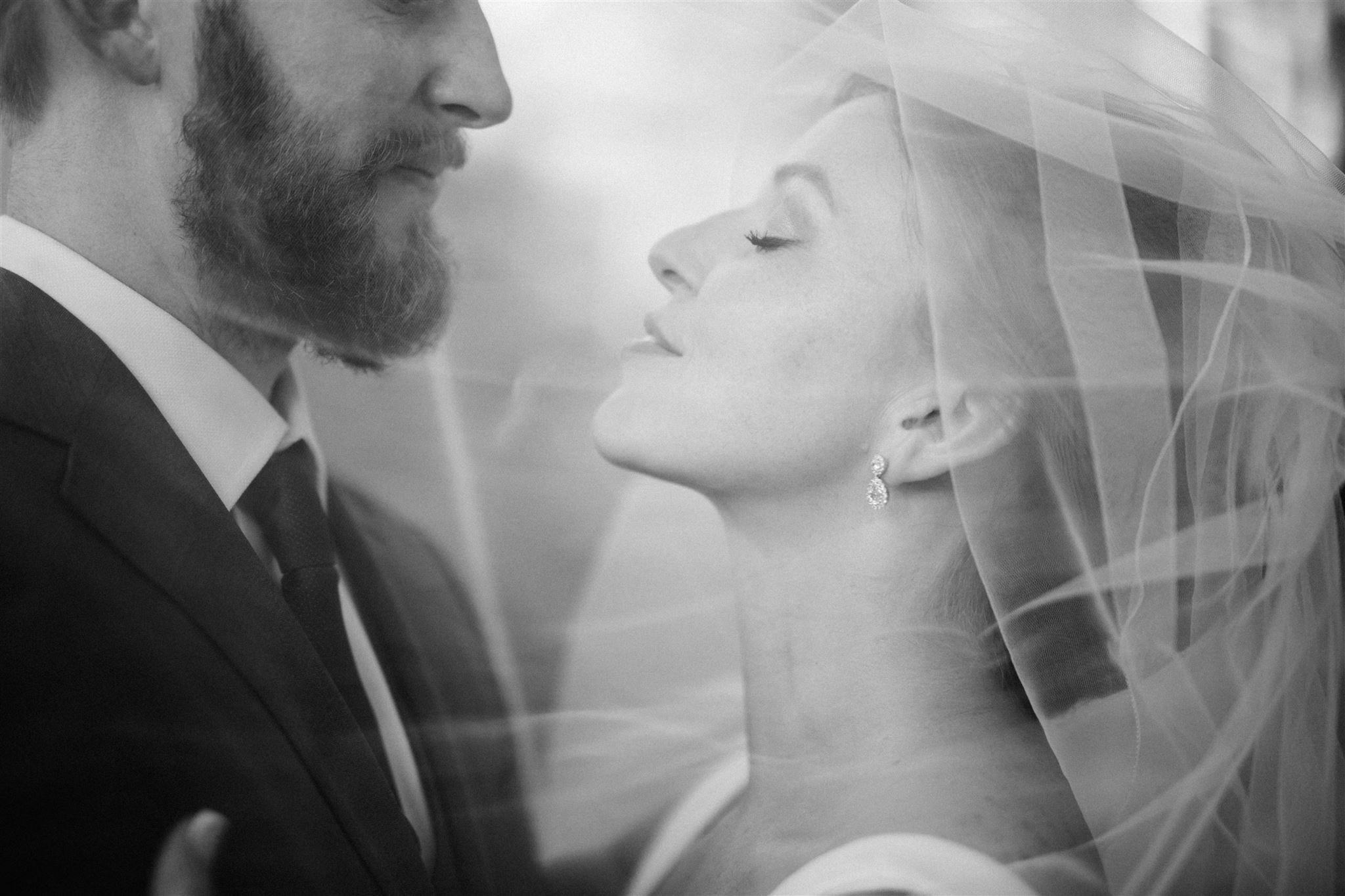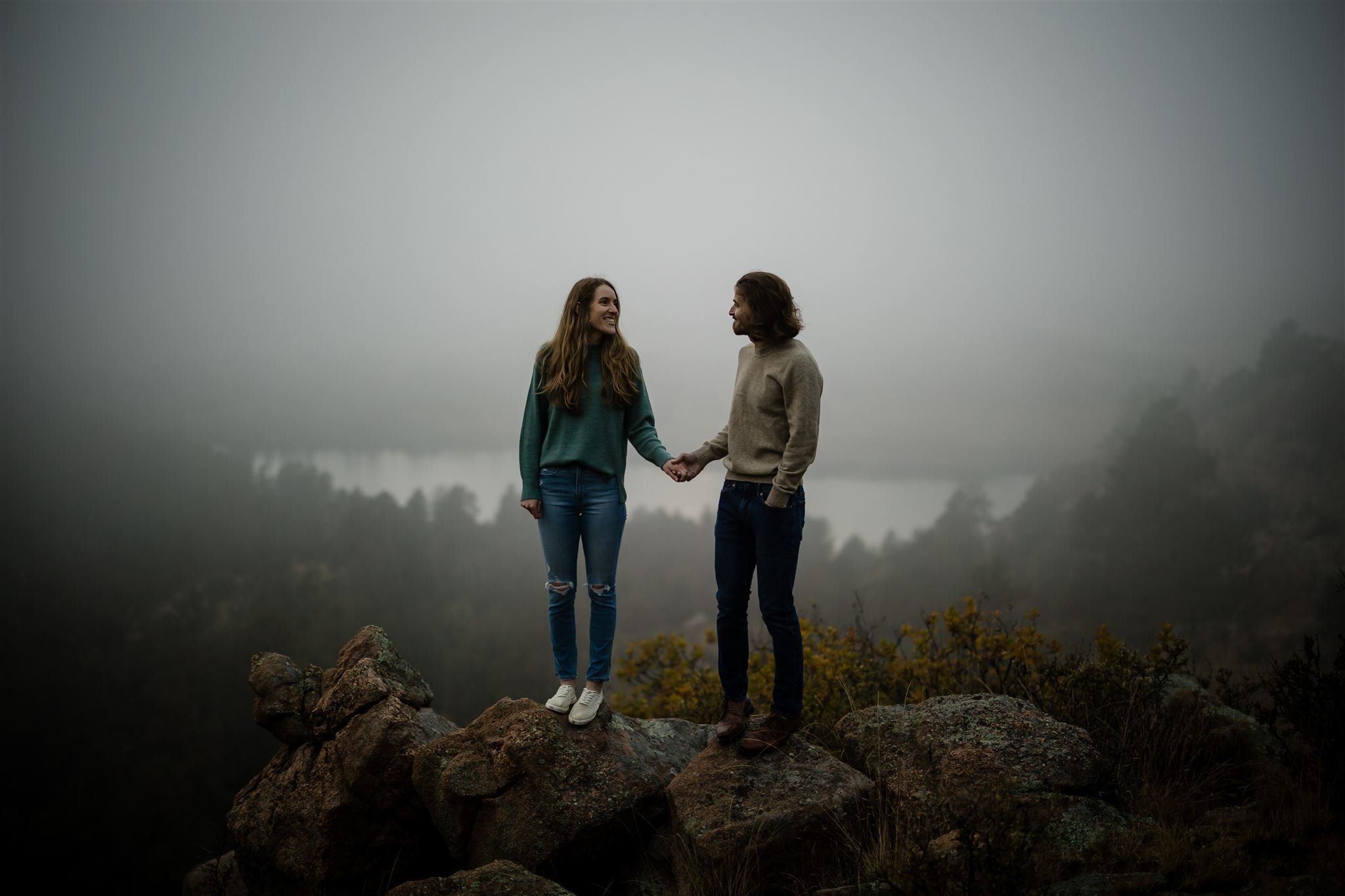Canon EOS R6 Review
Writing an in depth review about the Canon EOS R6 is a daunting task. I’ve used this camera professionally since 2021 and while it has fitted itself seamlessly into my workflow (even improved it in many cases) I have not came close to utilizing all of the available features of the R6. So this review will be from my specific user angle. For an all encompassing technical review, I suggest Ken Rockwell’s review. For a niche, wedding photographer review. Here it is…
Expect lots of sample images throughout this review!
Why the R6?
Around the start of 2021 I was in Englewood Camera in Denver, selling off some of my unused Fujifilm gear. For some reason on the table nearby was an R6 with RF 24-70 lens. I commented on how small the new R bodies were compared to the 5D bodies I currently used for work. But I felt the R5 was too expensive and had too many megapixels for me to want to deal with. The 30MP of the Canon 5D was already more than I really wanted. I picked up this R6 and said “Wow, it’s quite small… and lighter than I expected… it’s a shame that it only has one card slot.” One card slot was a bit of a deal breaker for me. It’s what pushed me to the 5D bodies rather than the 6D when I was starting out as a wedding photographer.
The sales rep looked at me, a little confused, and said “It does have 2 card slots”. That moment was the beginning of my decision to stay with Canon and invest in their mirrorless system. Over the next few months, I would look at reviews and quite quickly realize that it was probably the best mirrorless camera (for me) for wedding photography. Now, as I write this review in June of 2023, I think it still remains one of the best options on the market.
Build
Coming from the Canon 5D line I have quite high expectations for build quality and durability. My 5D cameras would regularly be bumped around, rained on, and kept on working despite high shutter counts. They felt like big chunks of metal that would take all the abuse you could throw at them and keep on going.
As I hold the R6, I do not get the same feeling. It’s smaller, lighter, and there’s a little rattle from the IBIS mechanism. Yet, it still feels like it’s built well, just from newer materials. It took a few rainy wedding ceremonies before I started to trust its build quality half as much as I did with the old 5D.
Ergonomics
The smaller overall size of the R6 fits my hands a bit better than the 5D. I also like the addition of the scroll wheel on the back of the camera by your thumb which I mapped to change my ISO. The joystick type button and the scroll wheel from the old 5D also thankfully came back, making the controls some of the best of any camera I have used.
My biggest complaint is the removal of the top screen. I used it a lot to change my settings with the 5D cameras and I had to get used to looking at the rear LCD or into the viewfinder to adjust settings. This is not a deal breaker given all the other things I like about the R6.
Adaptability
Part of my research on the EOS R system was if I would still be able to effectively use my existing EF lenses. The expense of immediately buying into the RF lenses was just way too high to do in one go. To my delight, using Canon EF lenses on the RF mount would actually breathe new life into the older EF lenses and make them feel like much newer pieces of gear.
First of all the good - My EF 24-70 f2.8 ii adapted amazingly well and felt like a newer faster lens on the R6. The adapter plus the smaller body caused it to look a little big on the camera but the function was amazing. This experience was similar for the EF 24mm F1.4 L ii, the EF 35mm F1.4 L, and the EF 135mm F2. I was also able to adapt a Samyang 14mm F2.8 which works perfectly well.
The bad - At the time, maybe even still, my favorite lens ever was the Sigma EF 35mm F1.4 ART. I used it for 5 years on the 5D without issue although I was aware of some users having focus issues with their copy. When adapted to the R6, the Sigma 35mm ART felt a little long and I felt that it was not focusing as reliably when I was using servo AF. It also seemed like it would too often focus behind the subject or struggle in backlit situations. It has since been replaced with a Canon EF 35mm F1.4 version 1 which I feel plays nicer with the R6 body.
Canon EOS R6 with adapted Canon EF 35mm F1.4 L USM lens
Another downside was I had more focusing issues with the Canon EF 85mm F1.8 in some situations too. That great little lens was released in 1992 and it always felt like it focused very fast but did a bit more hunting in some situations once adapted to the R6. So I eventually let go of it and have never found another 85mm lens for the Canon that I like.
That being said both the Sigma 35 and Canon 85 1.8 had been heavily used and it’s possible they were suffering from age rather than not adapting well. Those were my two most used lenses and while I was committed to sticking with the R6 the loss of those two lenses sent me into a bit of a gear spiral that still lingers to some extent today. I’ll talk about that in other posts.
So yes, most lenses will adapt wonderfully, but some might not be quite the same in more challenging AF scenarios.
Lens Selection
A very smart move by Canon was to focus on releasing professional glass early in their mirrorless RF system. This gave professionals fantastic glass to help entice them over to the system. But I personally have a problem with some of the lens releases. While the quality of these lenses is fantastic, Canon ruined the balance of camera to lens that I enjoyed on the EF system. Just look at the size of the 50 1.2 in the image below!
It’s no secret that lenses have often been getting bigger over the years. But the RF 50 F1.2 is a bit… Chunky. Don’t get me started on the RF 85 F1.2 and the 28-70 F2. There’s something about mirrorless lenses that have caused many of the pro level lenses to be a bit longer or thicker than before and coupled with the smaller camera bodies, the whole system looks and feels a bit unbalanced in comparison to the EF system.
Canon EOS R6 with Canon RF 50mm F1.2 L lens
We know this doesn’t always have to be the case. The RF 50mm F1.8 STM is a tiny little lens with great quality for the price and the EF 50 F1.2 is quite a bit smaller but certainly less optically perfect. I would have settled for a slightly less beautiful image for a less cumbersome lens.
I crave a set of small professional prime lenses that I can take out in bad weather and not worry too much about. The adapted EF 24mm F1.4 from 2008 was a nice little prime lens on a 5D body. It’s fine on the R6 but it’s just a bit… long. I’m curious and nervous to see what the eventual RF 24/28/35 L lenses will look like.
Canon EOS R6 with adapted Canon 24mm F1.4 L ii USM lens
Screen
When making the switch, one thing I did not care about was the screen. The flip out screen is nice for video, particularly YouTube videos. But I had no desire to have it for wedding photography. To my surprise, about a year after buying the camera, I would find the screen changed the way I shoot and opened up some creative and compositional possibilities that were much harder to access with the fixed rear screens.
I don’t know what the technical specs of the screen are but I can tell you it is very clear, bright, responsive, and appears to render color and exposure accurately. The real benefit for weddings is the flip out function.
The screen allows for a few things over the older DSLR screens:
Flipping out the screen allows you to get the camera into tight spaces, crowds, and weird angles that are a little harder to get into while also looking into the viewfinder.
The Screen has the same autofocus capabilities as when you look through the viewfinder. The old 5D DSLR felt different when using live view vs the optical viewfinder. The R6 doesn’t. You can use eye AF while shoving your camera through groups of people on the dancefloor and trust that it’s tracking the subject. It felt like witchcraft the first time I experienced it.
The speed of flipping out the screen and getting high angles above my head meant I had more compositional options readily available without the need to climb things. A the same time, low angles became more easily accessible as I could just crouch rather than lay on the ground and recomposing was much faster as a result.
With 2 R6 bodies I sometimes shoot both wide and tight at the same time. With one camera in each hand, I can look at the flipped-out screens, track the subject and grab a moment like a first kiss with 2 cameras.
So to my surprise, the screen became a creative tool that I feel is very useful during much of a wedding day.
Low angle using the flip out screen
High angle using the flip out screen
A quick note on how I use the flip-out screen (photos below). I keep it hidden when I’m using the viewfinder because the full twist to open and close it took me too long and felt clumsy. I also found the spot for my thumb a little tight when I’m quickly trying to flip the screen out. My solution was to get a small command hook and stick it on the back of the screen. So when I’m photographing in the moment my thumb can find the hook easily and I feel a little faster and smoother when I’m photographing weddings. I doubt this would be useful for most people but it’s one little change that helps the camera stay out of my way.
The QR code sticker is in case anyone asks for my card or business details. It takes them straight to my website.
Auto Focus
The difference between the AF of the older Canon 5D mkiv and the R6 is unreal. For my first few weddings, I tried to use the R6 like it was a DSLR. I had never had eye tracking AF so I didn’t feel like I needed it. Once I experimented with customizing the buttons and settings I could not believe how big the difference was. The R6 now tracks subjects with a half-press of the shutter, a back button starts eye AF and a couple of shortcuts will allow me to go back to single point AF and One Shot as I used to use on the DSLR.
There are times when the R6 will want to focus on the wrong person’s eye or it will jump to tracking something else but it’s not the norm. For the most part, it just does what I want. When it does play up I can quickly move it to One Shot AF and the issue is usually resolved.
While there are newer and more advanced AF systems even from Canon now, the R6 still does its job effectively in a wedding photography environment. Maybe a camera like the R3 will feel like it is far more advanced than the R6 but when the R6 already does it’s job so well is it really worth dropping more than twice the price for the current flagship camera body? The answer for me as of 2023, is no.
Chimp Like A Pro
When I was getting started in wedding photography, I learned most things from two women I worked for/with. I’d see them take one shot and look at the rear screen to check the exposure and then crack on with photos until the light changed. This really helped minimize the urge to chimp. That disappeared with the R6 and its EVF/Live View. The only time that is different is when shooting with flash. But the beauty of it is I can chimp in the EVF if I want to. I leave 2-second image review on but as long as I’m actively using servo AF the camera will not show a review of any of the images until I release the AF on button. With the LCD tucked away, sometimes I find using the EVF to review images a good way of checking images once in a while without having to press the play button. It’s seemingly inconsequential little things like this that make a camera feel more useable during a wedding day.
Sensor
I will quickly touch on lowlight capability. Most cameras handle low light very well these days and the R6 is no different. I could shoot a very dark sparkler exit at 16000 ISO and the files will be grainy but still quite useable. I have gone even higher since then but used a bit of the Denoise function in Lightroom to recover some detail. Bottom line - High ISO is not a problem like it used to be.
The above image was shot at ISO 40,000 and cleaned up using approx 35% denoise in Lightroom.
One of the main deciding factors for me to purchase the Canon EOS R6 was the 20MP sensor. In a market where 45MP is becoming the standard size, I was very excited to have a 20MP option. Not only did it mean a smaller data load on my computer while editing, but it meant far smaller file sizes on my hard drives. Therefore saving me money in the long run.
One of the touted advantages of 45MP was that images could be cropped much more. Well, that’s fair but I try not to spend much time cropping images significantly. 45MP could also be printed bigger. Also fair, but when I can print 20x30 inch images with great detail from the 20MP, Canon R6 I am not particularly concerned with more resolution.
There is a video by Chris Hau on Youtube where he compared an image at 12MP to another at 102MP on screens and in large prints and nobody could tell the difference… in fact, both Chris Hau and Peter McKinnon thought the 12MP large print was the 102MP print.
So contrary to popular belief. I could only conclude that the megapixel count was not nearly as important as it is often made out to be and the R6 solidified itself as the right camera body for my wedding work.
Battery Life
I feel like the consensus in the R6 reviews that I read/watched was that the battery life isn’t all that great. That hasn’t been my experience. While it certainly uses more battery life on a wedding day than the 5D mkiv that I used to use, it’s fairly marginal. I also end up shooting more photos on average with the R6 so I’m not sure it’s actually any worse. I never go through more than 2 batteries in either of my two camera bodies. Generally, I’ll have to change the battery in one of the bodies before the wedding reception and the other maybe, during the reception. But I’ve never made it to a 3rd battery in any of my camera bodies in 8-10 hours of wedding photography.
Still, I own 6 batteries. Just in case.
Price
Another significant factor in the purchasing decision was the fact that the Canon R6 was just under $2500 at the time. That’s a fair bit cheaper than the 5D mk iv was when I bought it a few years before. At that time the R5 was somewhere around $3800 and did not offer any specifications that I was more excited about compared to the R6 (except the top display screen). Luckily for me, I was more excited about the specs of the R6 and the cheaper price tag was a huge bonus! It’s a lot of camera for a relatively affordable price.
In late 2022 I picked up a 2nd Canon R6 body refurbished from Canon and I would recommend that as a good place to buy a Canon R6 as long as they are still available.
Conclusion
Even after the R6 mkii has been released the original Canon R6 still holds up for the work I do with it in 2023 and shows no signs of stopping. Its great ergonomics, reliability, useability, good battery life, and manageable file sizes make it my favorite camera for wedding and event photography.
